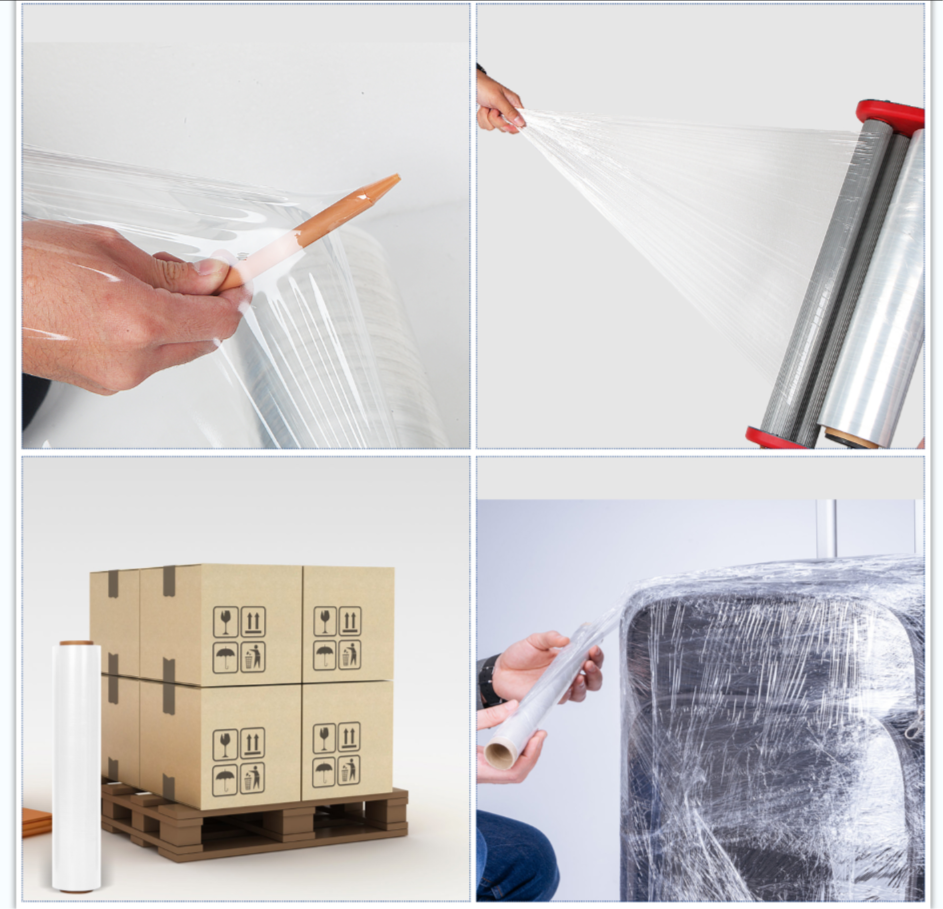Exploring the Benefits and Uses of PVC Plastic Wrap for Food Storage and More
The Versatility and Benefits of PVC Plastic Wrap
PVC plastic wrap, also known as cling film or plastic film, has become an essential household item since its introduction. Its primary use is to preserve food, preventing spoilage and keeping meals fresh for longer periods. However, its applications extend beyond just food storage, making it a versatile product in various industries and household tasks.
Food Preservation
One of the most significant benefits of PVC plastic wrap is its ability to create a tight seal around food items. The clinginess of the plastic wrap allows it to adhere to various surfaces, maintaining freshness by reducing exposure to air. This is particularly beneficial for perishable foods like fruits, vegetables, and leftovers, which are prone to spoilage. By wrapping these items securely, the film helps to slow down oxidation and inhibit the growth of bacteria, thereby extending their shelf life.
Moreover, PVC plastic wrap is microwave-safe, allowing for easy reheating of leftovers without the hassle of transferring them to another container. It is also resistant to moisture, helping to keep food items from drying out. This feature is particularly useful when wrapping sandwiches or cuts of meat, as it preserves not only the flavor but also the texture.
Versatile Uses Beyond Food Storage
Beyond food preservation, PVC plastic wrap has a myriad of other uses. In the culinary world, chefs often utilize cling film for various tasks, such as making dough, covering marinated foods, or even rolling out pasta. The plastic wrap can be used to encase ingredients, trapping heat and flavor, thus enhancing the cooking process.
pvc plastic wrap

In arts and crafts, PVC plastic wrap can serve as a protective covering for messy projects. Whether it’s painting or crafting, covering surfaces with cling film can facilitate easy cleanup. Additionally, it can be used to protect sensitive items, like documents or electronics, from dust and moisture.
In home improvement, PVC plastic wrap can be creatively repurposed as a temporary sealant. For instance, when painting, a layer of cling film can cover paint cans to minimize exposure to air and maintain the paint's consistency. Its properties make it suitable for bundling small items together, keeping them organized and easily accessible.
Environmental Considerations
While PVC plastic wrap is incredibly useful, it does come with environmental considerations. Being a derivative of petroleum, it contributes to plastic waste, which poses a significant threat to the environment. As a result, many individuals are searching for eco-friendly alternatives, such as beeswax wraps or compostable films. These alternatives aim to reduce the dependency on single-use plastics while still offering similar benefits for food preservation.
Conclusion
In summary, PVC plastic wrap is a versatile and practical product that plays a vital role in food preservation and various household tasks. Its effectiveness in keeping food fresh and its wide range of applications in cooking, crafting, and home improvement make it a staple in many households. However, as we become increasingly aware of environmental issues, it is essential to consider the impact of plastic use and explore sustainable alternatives that can serve the same purposes without harming the planet. By striking a balance between convenience and environmental responsibility, we can make informed choices about the products we use in our daily lives.
-
Self Seal Bags: Secure, Clear, and Customizable Packaging for Every IndustryNewsAug.15,2025
-
Paper Cups: Bulk Solutions for Events, Cafés, and Eco-Friendly ServiceNewsAug.15,2025
-
Laminated Bags: Durable, Customizable Packaging for High-Impact BrandsNewsAug.15,2025
-
Grocery Bags: Smart, Sustainable, and Scalable Solutions for RetailersNewsAug.15,2025
-
Drawstring Bags: Versatile, Customizable, and Cost-Effective for Bulk UseNewsAug.15,2025
-
Disposable Gloves: Wholesale Solutions for Safety, Hygiene, and EfficiencyNewsAug.15,2025
-
Have the freedom of customizing your custom mailers any way you want! Our dedicated packaging support will help deliver you the mailing experience you need to elevate your shipping experience to the next level! Start making a strong impression on your customers and stand out from your competitors! -
LIYA uses high quality raw materials which directly purchased from large enterprises domestic and overseas such as PetroChina, Sinopec, Sabic, Equate, ExxonMobil, Dow Chemical, Total, and Borouge, ensuring the price advantage and quality of the raw materials. -
LIYA uses high quality raw materials which directly purchased from large enterprises domestic and overseas such as PetroChina, Sinopec, Sabic, Equate, ExxonMobil, Dow Chemical, Total, and Borouge, ensuring the price advantage and quality of the raw materials.





